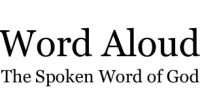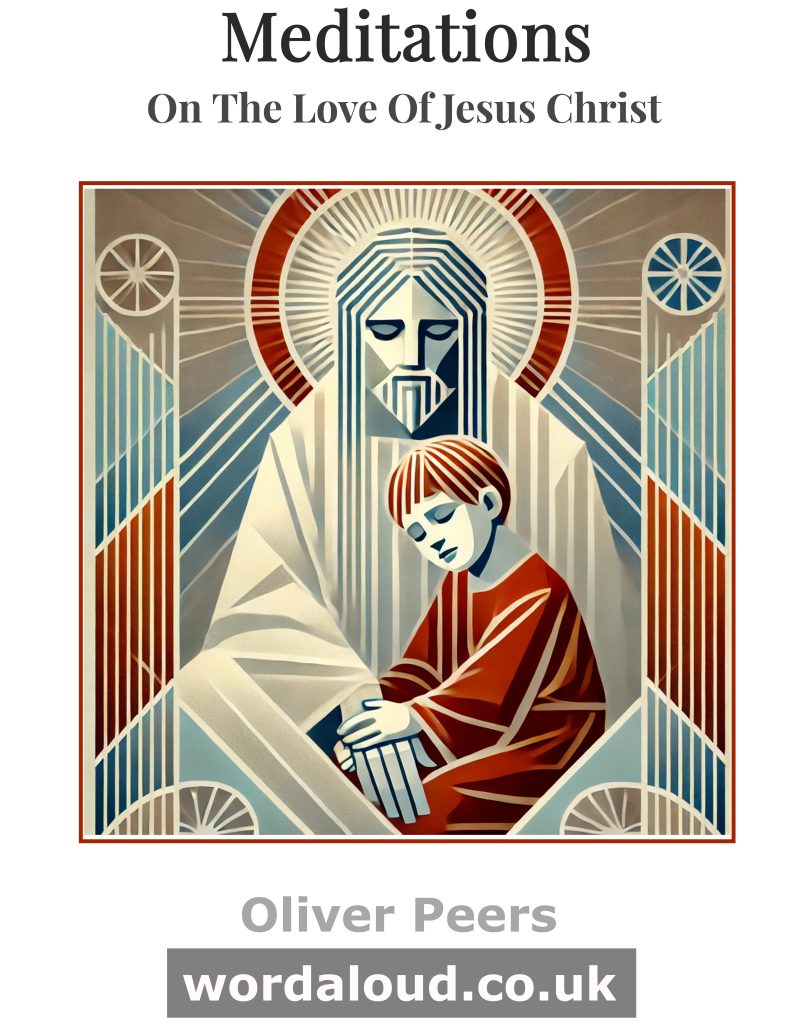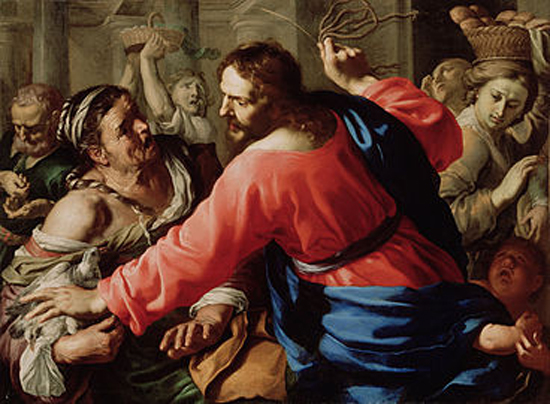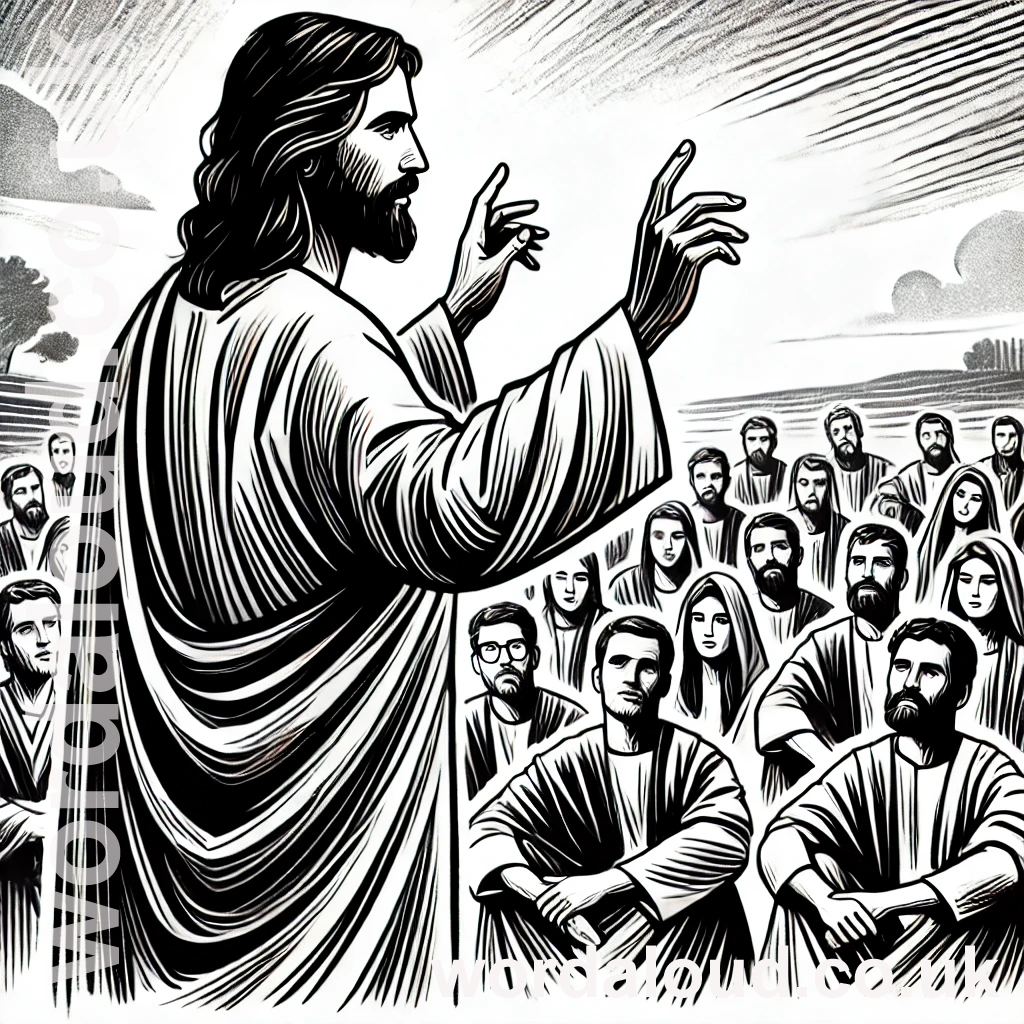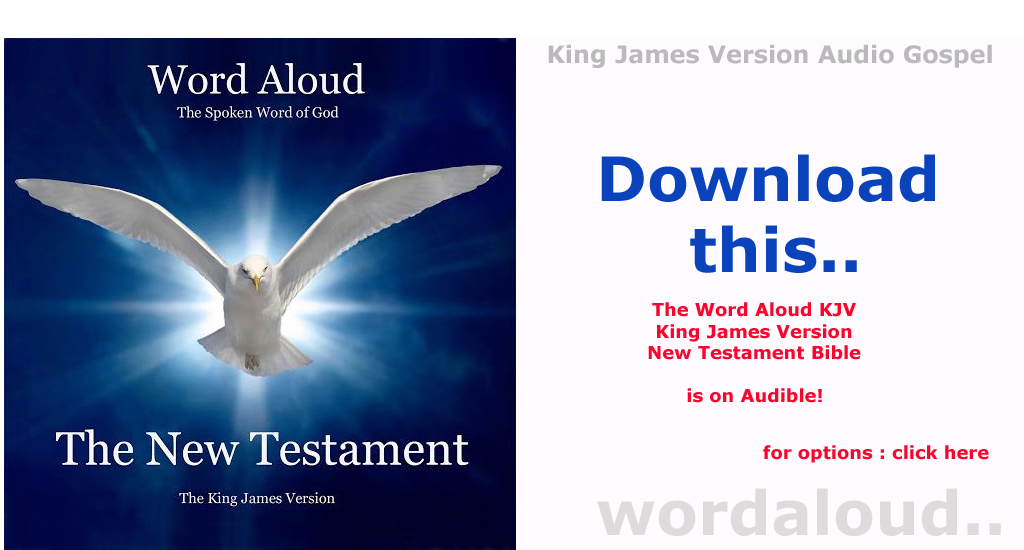What Were The Different Sources Of The Torah – The Pentateuch? | How Was The Torah/Pentateuch Written?
The Torah, also known as the Pentateuch, is the first five books of the Hebrew Bible. It is a central text in Judaism and is also revered by many Christians. The Torah is thought to be a composite text, made up of multiple sources that were written by different groups of people over a period of time and were later compiled and edited into their final form. The process of compiling and editing these sources is known as the documentary hypothesis.
According to the documentary hypothesis, the Torah is made up of five main sources: the J source (also known as the Yahwist source), the E source (also known as the Elohist source), the P source (also known as the Priestly source), the D source (also known as the Deuteronomic source), and the R source (also known as the Redactor). Each of these sources is thought to represent different perspectives and traditions within the Israelite community and reflects the challenges and struggles that the Israelites faced at different points in their history.
Define The Sources Of The Torah – And The Edit
The J source is characterized by its use of the divine name “Yahweh” and its emphasis on the covenant between God and the Israelites. It includes a number of stories and narratives told in a more informal and narrative style.
The E source is characterized by its use of the divine name “Elohim” and its emphasis on the religious and political history of the Israelites. It includes a number of stories and narratives told in a more formal and stylized way.
The P source is characterized by its emphasis on ritual and law, and includes detailed instructions for the construction and operation of the Tabernacle, as well as laws regarding sacrifice, purification, and other religious practices.
The D source is a collection of laws and regulations that is characterized by its emphasis on the centralization of worship in Jerusalem and its call for social justice.
The R source is a later editor or redactor who is thought to have compiled and edited the various sources of the Torah into its final form.
Priestly Source | Babylonian Exile | Redaction Torah
The Priestly source, also known as the P source, is one of the main sources of the Torah, the Hebrew Bible’s first five books. It is believed to have been written by a group of priests who were responsible for preserving and transmitting the religious traditions of the Israelites during the Babylonian exile, a time of great crisis and upheaval for the Israelites. The P source is thought to have been compiled and edited over a period of time, with the final version being completed sometime in the 5th century BCE.
The P source is characterized by its emphasis on ritual and law, with detailed instructions for the construction and operation of the Tabernacle, as well as laws regarding sacrifice, purification, and other religious practices. It also includes a number of stories and narratives, such as the creation story, the flood story, and the story of Abraham and his descendants. These stories are often presented in a more formal and stylized way than in other sources of the Torah.
In addition to its focus on ritual and law, the P source also includes a number of genealogies and lists of descendants, which likely served as a way for the Israelites to maintain a sense of continuity and connection to their past during the exile. The genealogies trace the ancestry of certain individuals or groups, such as the priests or the tribes of Israel, and may have served a number of purposes, including establishing the legitimacy of certain individuals or groups.
The P source is an important part of the Torah and has played a significant role in the development of Jewish religious practices and traditions. It provides a glimpse into the religious and cultural life of the Israelites during the Babylonian exile, and helps us understand the challenges and struggles they faced as they sought to preserve their identity and traditions in a foreign land.
The P source is often studied in conjunction with other sources of the Torah, such as the J source (also known as the Yahwist source) and the E source (also known as the Elohist source). The J source is characterized by its use of the divine name “Yahweh” and its emphasis on the covenant between God and the Israelites, and includes a number of stories and narratives told in a more informal and narrative style. The E source is characterized by its use of the divine name “Elohim” and its emphasis on the religious and political history of the Israelites, and includes a number of stories and narratives told in a more formal and stylized way.
In addition to the J, E, and P sources, the Torah is also thought to include material from the D source (also known as the Deuteronomic source) and the R source (also known as the Redactor). The D source is a collection of laws and regulations that is thought to have been written during the 7th century BCE, and is characterized by its emphasis on the centralization of worship in Jerusalem and its call for social justice. The R source is a later editor or redactor who is thought to have compiled and edited the various sources of the Torah into its final form.
The process of compiling and editing the various sources of the Torah is known as the documentary hypothesis. This hypothesis proposes that the Torah is made up of multiple sources that were written by different groups of people over a period of time, and were later compiled and edited into their final form. The J, E, P, D, and R sources are thought to represent different perspectives and traditions within the Israelite community, and the process of compiling and editing these sources is thought to have been a way of preserving and transmitting the cultural and religious traditions of the Israelites.
What Are The Most Notable Instances Of The J Source?
The J source, also known as the Yahwist source, is one of the main sources of the Torah, the Hebrew Bible’s first five books. It is thought to have been written during the 10th or 9th centuries BCE, and is characterized by its use of the divine name “Yahweh” (or “Jehovah” in English) and its emphasis on the covenant between God and the Israelites. The J source includes a number of stories and narratives, which are often told in a more informal and narrative style than those in the P source.
Some of the most notable instances of the J source in the Torah include:
- The creation story in the book of Genesis: The J source includes the story of the creation of the world and the first humans, Adam and Eve. This story is told in a more informal and narrative style than the creation story in the P source.
- The flood story in the book of Genesis: The J source includes the story of the great flood that wiped out most of humanity, as well as the story of Noah and the ark. This story is told in a more informal and narrative style than the flood story in the P source.
- The story of Abraham and his descendants in the book of Genesis: The J source includes the story of Abraham, Isaac, and Jacob, as well as the stories of their descendants. This material is told in a more informal and narrative style than in the P source.
- The story of the patriarchs in the book of Exodus: The J source includes the story of the Israelites’ slavery in Egypt and their liberation by God through the leadership of Moses. This material is told in a more informal and narrative style than in the E source.
- The story of the Tower of Babel in the book of Genesis: The J source includes the story of the Tower of Babel, which explains the origins of different languages and the dispersal of humanity across the earth.
- The story of Joseph in the book of Genesis: The J source includes the story of Joseph, who was sold into slavery by his brothers and rose to become a powerful and influential figure in Egypt.
- The story of the plagues and the Exodus in the book of Exodus: The J source includes the story of the plagues that God sent upon the Egyptians in order to persuade Pharaoh to let the Israelites go, as well as the story of the Israelites’ escape from slavery and their journey through the wilderness.
- The Ten Commandments in the book of Exodus: The J source includes the Ten Commandments, which are a set of moral and ethical guidelines for the Israelites.
- The laws and regulations in the book of Leviticus: The J source includes a number of laws and regulations concerning various aspects of Israelite life, such as sacrifice, purity, and social justice.
What Are Notable Instances Of The E Source?
The E source is thought to have been written during the 9th or 8th centuries BC, and is characterized by its use of the divine name “Elohim” and its emphasis on the religious and political history of the Israelites.
The E source includes a number of stories and narratives, which are often told in a more formal and stylized way than those in the J source:
- The story of the patriarchs in the book of Genesis: The E source includes the story of the patriarchs Abraham, Isaac, and Jacob, as well as the stories of their descendants. This material is told in a more formal and stylized way than in the J source.
- The story of the plagues and the Exodus in the book of Exodus: The E source includes the story of the plagues that God sent upon the Egyptians in order to persuade Pharaoh to let the Israelites go, as well as the story of the Israelites’ escape from slavery and their journey through the wilderness. This material is told in a more formal and stylized way than in the J source.
- The Ten Commandments in the book of Exodus: The E source includes the Ten Commandments, which are a set of moral and ethical guidelines for the Israelites.
- The laws and regulations in the book of Leviticus
During the Babylonian exile, the Israelites faced many challenges and struggles as they sought to preserve their identity and traditions in a foreign land. The various sources of the Torah represent different perspectives and traditions within the Israelite community and reflect the challenges and struggles that the Israelites faced during this time. The J, E, and P sources, as well as the D and R sources, all played a role in the preservation and transmission of the cultural and religious traditions of the Israelites
Sources of the Torah represent different perspectives and traditions within the Israelite community and reflect the challenges and struggles that the Israelites faced at different points in their history. The process of compiling and editing these sources was a way of preserving and transmitting the cultural and religious traditions of the Israelites, and has had a lasting impact on Jewish religious practices and traditions.
